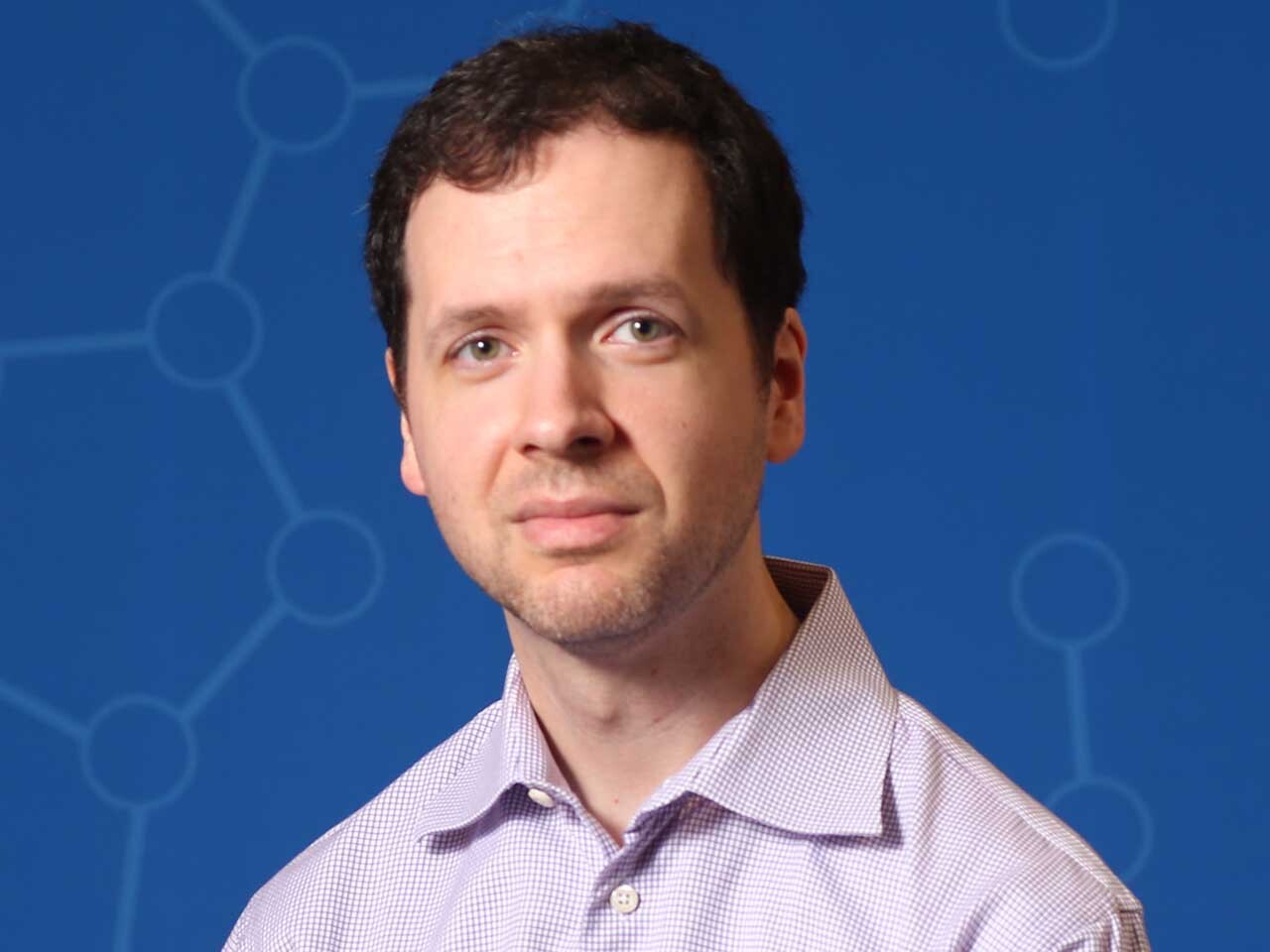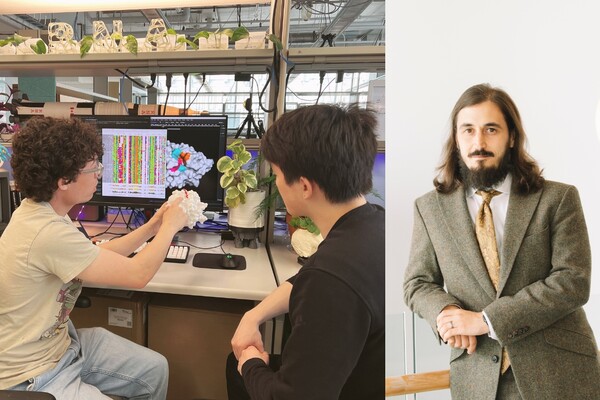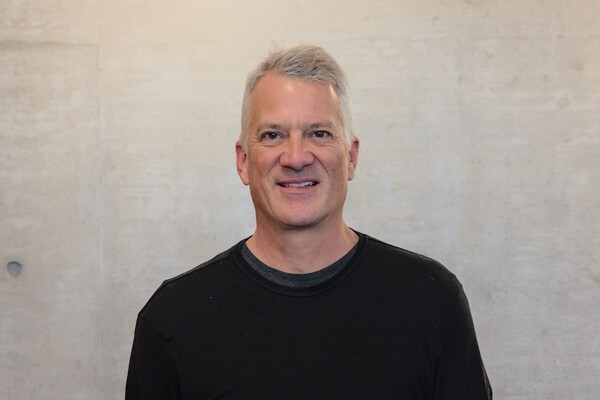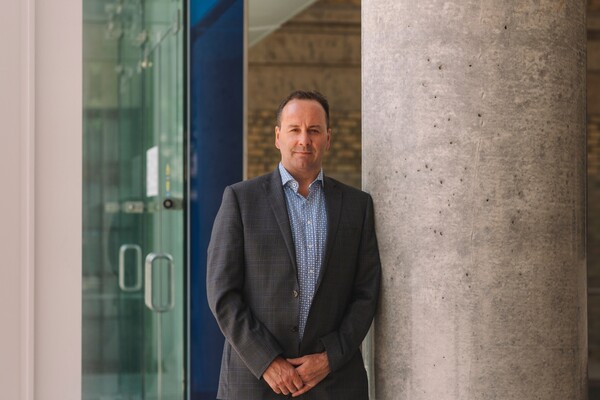Main Second Level Navigation
Meet New Donnelly Centre Investigator Who Studies How Differences Arise In Biology
By harnessing gene co-expression data, Jesse Gillis is spilling biology's secrets, from the human brain to armadillo siblings.

Jesse Gillis is back at U of T 15 years after obtaining his PhD in physiology.
“I am still in all these pictures on the wall in my department from 20 years ago,” said Gillis who began his tenure last month as an associate professor in a shared appointment between the Donnelly Centre for Cellular and Biomolecular Research and the department of physiology at the Temerty Faculty of Medicine.
“I am tall enough that you can recognize me, but I lost a lot of hair since then,” he said.
Hairlines are not the only thing that’s changed since. During his PhD, Gillis struggled to make mathematical models of brain rhythms because he did not have enough data. Fast forward two decades and the abundance of data has transformed life and research alike, with experts like him in high demand to make sense of it.
The methodological overlap with the Centre is fantastic. AI is distributed across U of T, but really the combination of computational biology and using high-throughput data is unrivalled in the Donnelly.Jesse Gillis, Associate Professor, Donnelly Centre
Gillis begins his tenure at U of T as the inaugural James B. Bassingthwaighte Chair in Integrative Physiology, a new endowed appointment established by the university in support of multidisciplinary research that employs quantitative approaches to help understand health and disease at the level of cells and organisms.
He previously held a faculty position at the renowned Cold Spring Harbor Laboratory on Long Island, NY, where he first established his computational biology lab 10 years ago. There he developed a portfolio of diverse projects which he will continue to pursue in his new lab in the Donnelly Centre which specializes in large scale data acquisition and analysis.
“The methodological overlap with the Centre is fantastic,” he said. “AI is distributed across U of T, but really the combination of computational biology and using high-throughput data is unrivalled in the Donnelly.”
The Gillis lab seeks to understand how the information stored in the genome is used to build organisms. They use gene expression data from single cells, taken from various organs and species, to build maps of gene function that explain how differences arise.
“We use single-cell data to explain differences at the organismal level,” said Gillis. “For the most part, we’re using gene co-expression data to find sets of genes that are doing things together. Those sets of genes might define novel cell types, and those cell types might be changing or be similar between species to try to understand how traits evolve.”
A better understanding of how individual cells interpret their genomes will shed light on fundamental questions, such as how the different cell types arise during development. One of Gillis’projects involves identifying all the cell types in the human brain through his involvement with the Brain Research through Advancing Innovative Neurotechnologies (BRAIN) Initiative. Funded by the National Institutes of Health in the U.S., it aims to produce a dynamic picture of the brain showing how individual cells and neural circuits interact in space and time.
“Through building up these cell atlases across healthy brains to serve as a reference, we’re now at a point where we can apply this knowledge to try to understand brain disorders and I look forward to establishing collaborations with the Centre for Addiction and Mental Health to take this research further,” said Gillis, who may finally be on the cusp of fulfilling this PhD dream of modeling psychiatric disorders.
Then there’s what he calls a “wacky armadillo project”. Gillis made it his mission to establish the unusual mammal, which is native to Americas and best known for an armour of bony plates that cover its body, as a tool for biomedical research. And for a good reason as it may hold clues to a long-standing mystery of how organisms which start off as genetically identical develop unique traits.
Armadillos are unique among mammals in that each pregnancy results in a litter of genetically identical, or monozygotic quadruplets. This makes them ideal for the study of heritability, which measures the relative importance of the genes and the environment on trait inheritance. Such studies have historically been done in identical human twins but lack power due to ethical considerations, said Gillis.
“In humans, first you have to get lucky to get a twin,” he said, noting that twinning is rare in mammals, with the exception of armadillos. “Then, in human twin studies you can’t control the environment because that would be unethical.”
“By being able to raise genetically identical siblings in a tightly controlled environment, we can really begin to address the subtle factors that make the individuals unique.”
As the sole cross-appointee between the Donnelly Centre and Physiology, Gillis wants to harness data analysis at multiple scales to expand collaboration between the institutions.
“Physiology is occupying a little bit more of that organism level biology, whereas the Donnelly historically has been focusing at the molecular level. And single cell data which is my very strong interest along with other investigators in the Donnelly helps link these two levels together,” he said.
“I think there’s real scope for a lot of productive interactions between the two and I hope to be a mechanism for that.”
Follow us on LinkedIn and Twitter to keep up with Donnelly Centre news.
News



